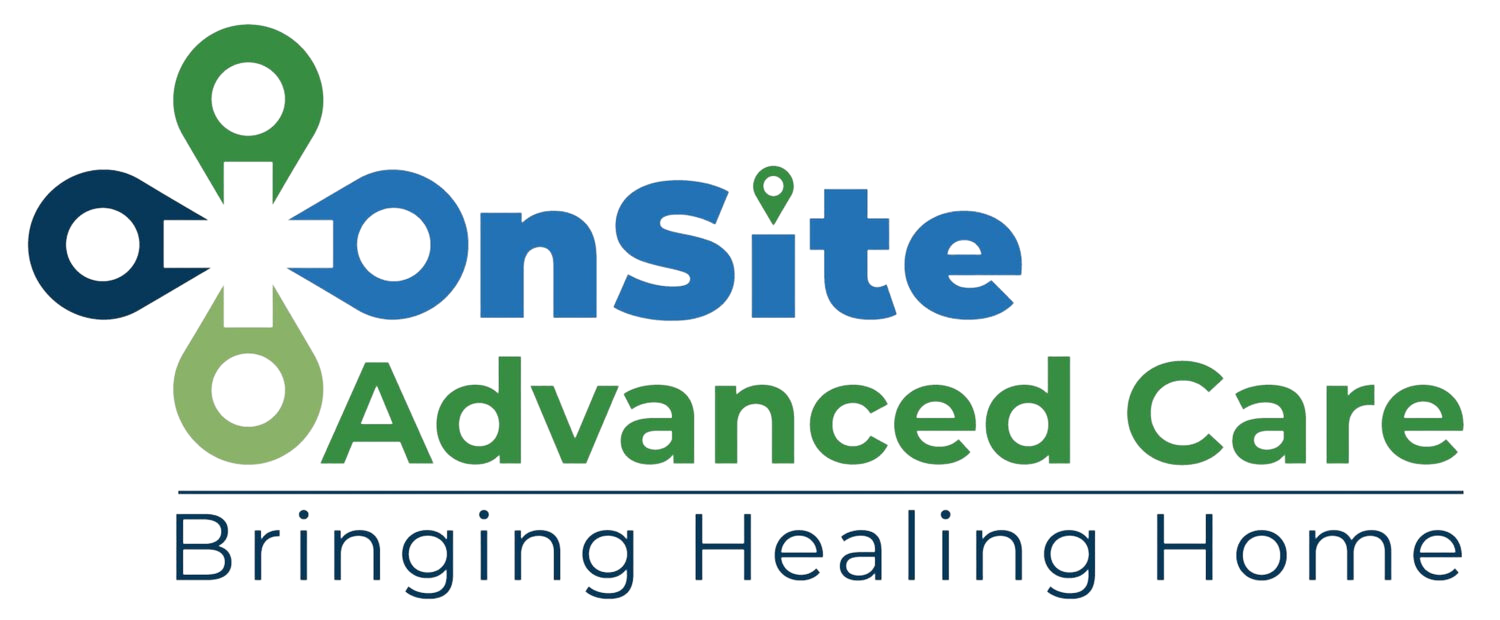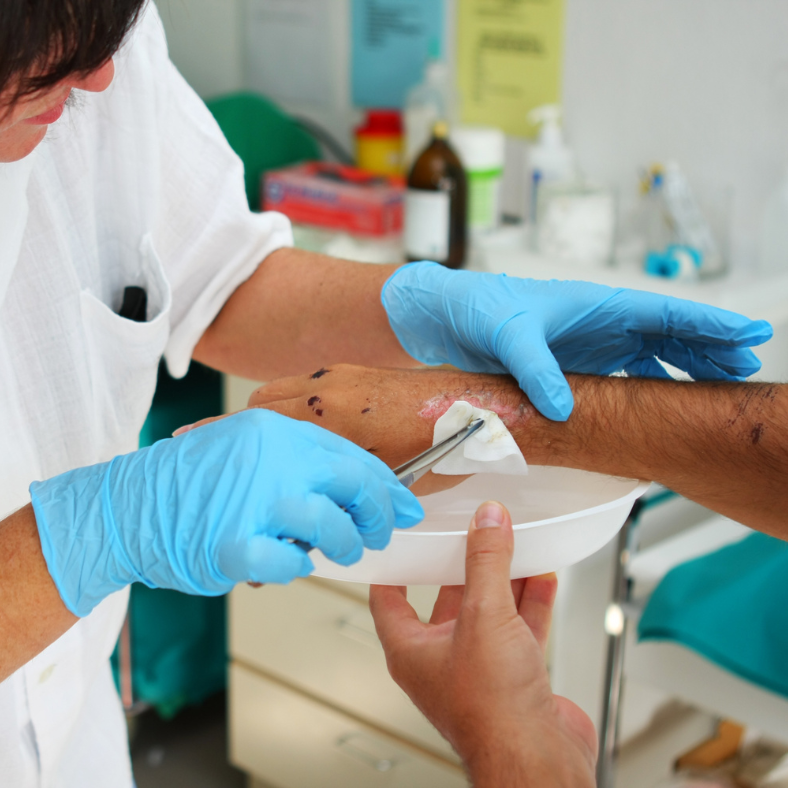How To Help Your Wound Heal Faster
Speeding up the wound healing process is a priority for anyone dealing with acute or chronic wounds. While it's true that each person's healing timeline can vary depending on various factors like age, overall health, and the severity of the wound, there are actionable steps you can take to facilitate faster healing. Implementing specific practices can make a significant difference in how quickly your body is able to recover, reducing the risk of complications like infections or scarring.
First and foremost, cleanliness cannot be overemphasized. Keeping the wound clean prevents bacterial contamination, which is crucial for avoiding infections that could slow down healing. Use mild soap and water to clean the area gently and opt for antiseptics only if recommended by a healthcare provider. Following cleaning, the application of appropriate wound dressings helps create an optimal healing environment. Different dressings serve different functions; while some are more absorbent, others are better at retaining moisture. Your healthcare provider can guide you in selecting the most suitable dressing for your specific wound.
Nutrition is a significant but often underestimated aspect of wound healing. A well-balanced diet, rich in protein, vitamins, and minerals, provides the body with the building blocks needed for tissue repair and regeneration. Proper hydration also plays an essential role, as water is necessary for nearly all bodily functions, including the healing process. OnSite Advanced Care offers specialized nutrition planning that is tailored to accelerate wound healing, aligning your dietary intake with your body's increased nutritional demands during this period.
The type of wound you have may require specific treatments to speed up healing. For example, debridement may be necessary for removing dead tissue from the wound, while compression therapy could be beneficial for venous ulcers. Understanding the treatments that are most appropriate for your condition—whether it's skin grafting for severe wounds, or lymphedema management for related swelling—can make a considerable difference in healing time.
Taking a proactive approach, armed with the right knowledge and resources, enables you to significantly influence the speed of your wound healing. While some factors may be beyond your control, these steps provide a framework within which you can actively participate in your own care, leading to quicker recovery and a higher quality of life.







